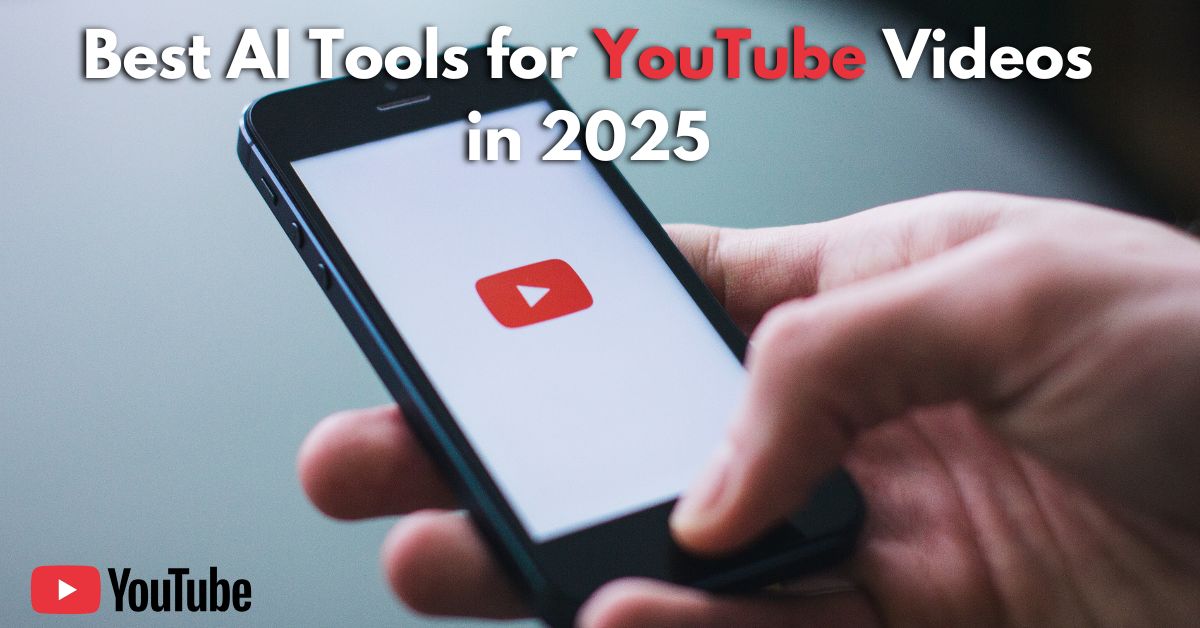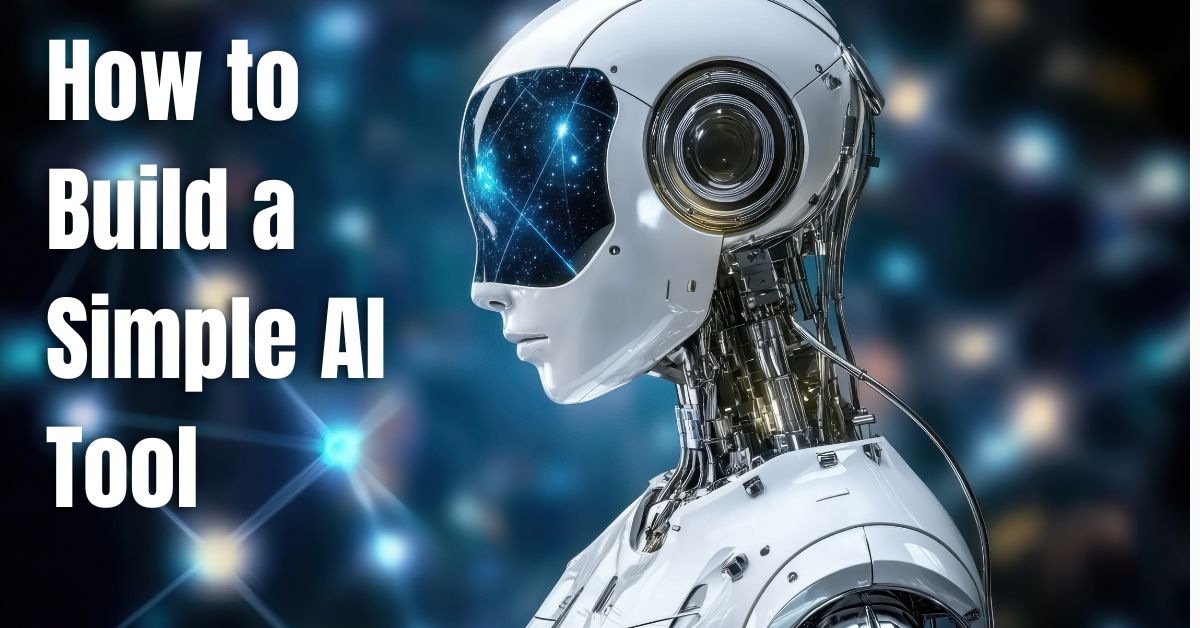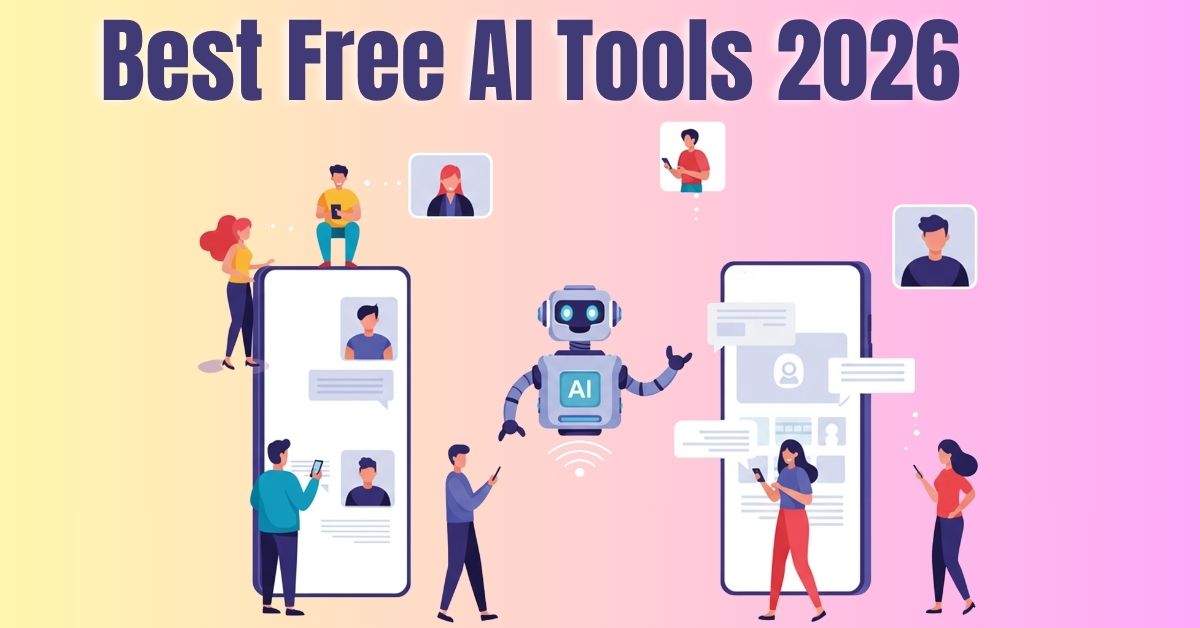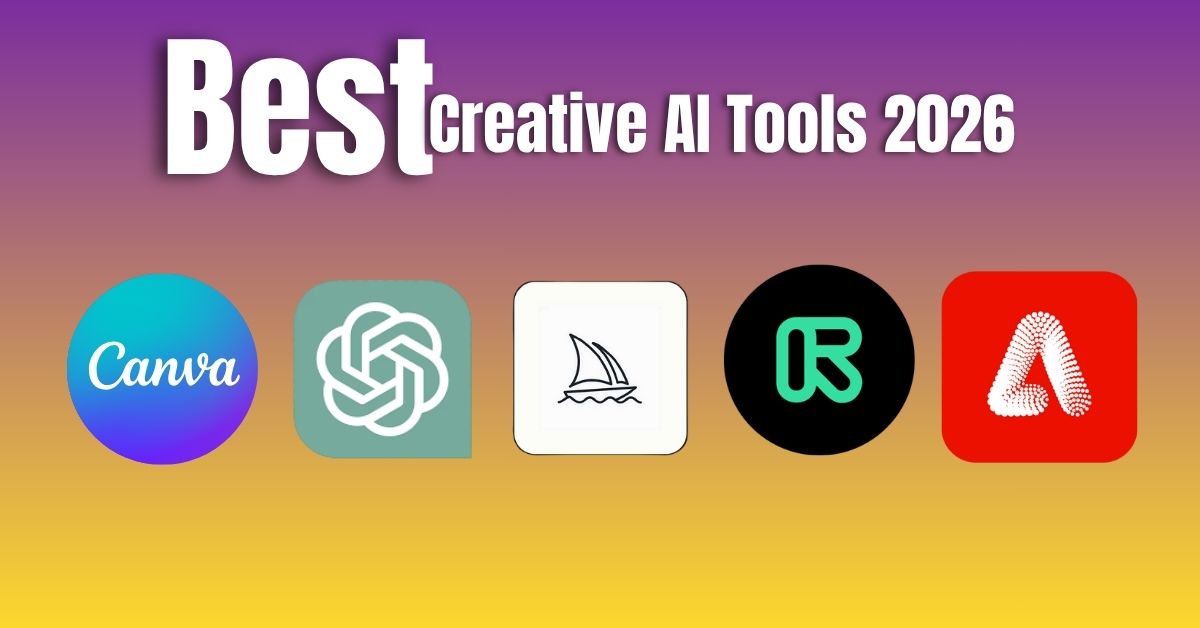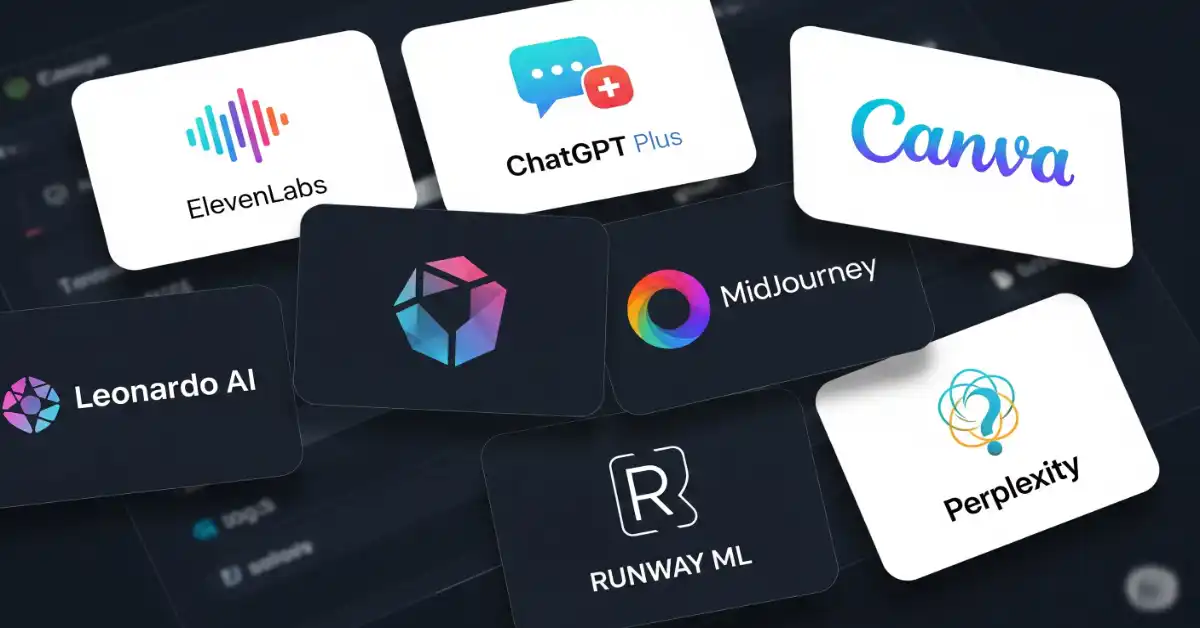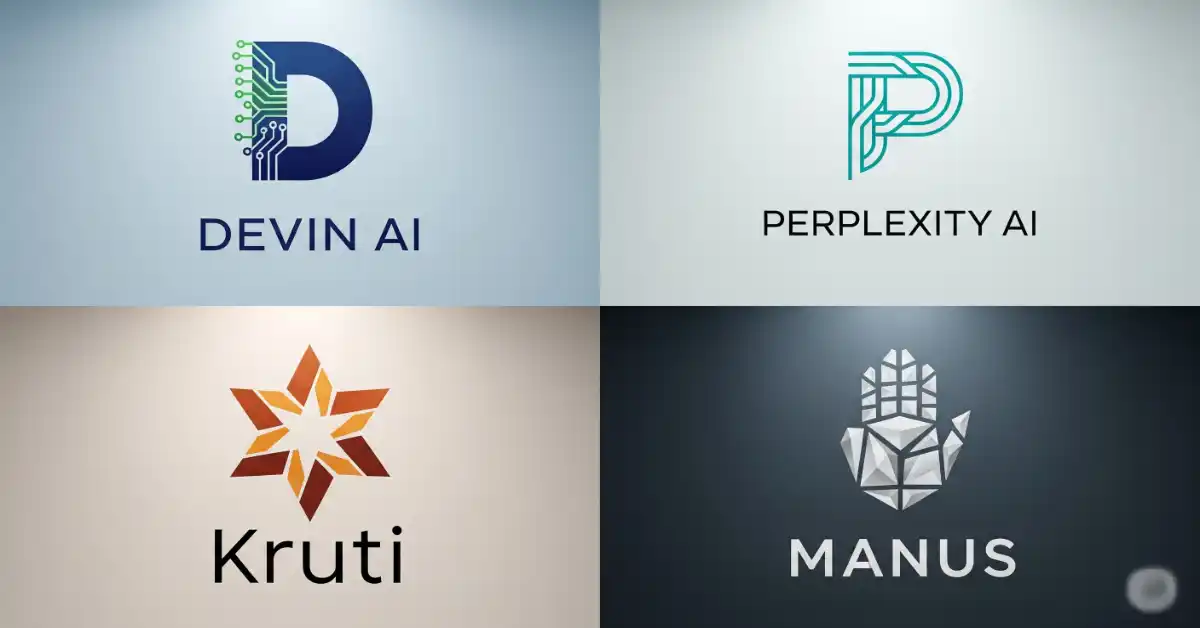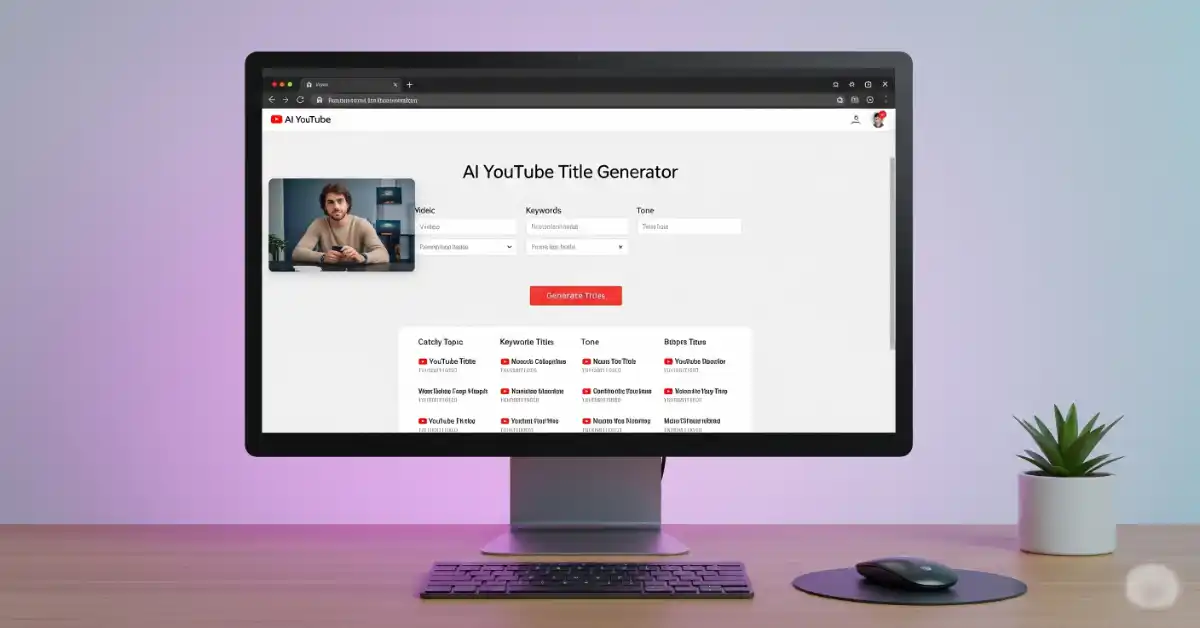You’re scrolling, looking for clear answers about the GPT-5 launch. Instead, you hit walls of jargon or suspiciously perfect prose. Frustrating, right? That’s why I write like I talk – Faiz here, with two years of tech blogging under my belt. I know you want the real deal: honest, useful info about GPT-5, not hype. It means I back claims with real sources (like OpenAI), share practical insights from testing, and always tell you the limits. GPT-5 is a big deal, so let’s cut through the noise together. This guide covers everything: what it is, how it works, where to get it, and how you can actually use it today. Forget robotic writing; this is your friendly, expert roadmap to GPT-5
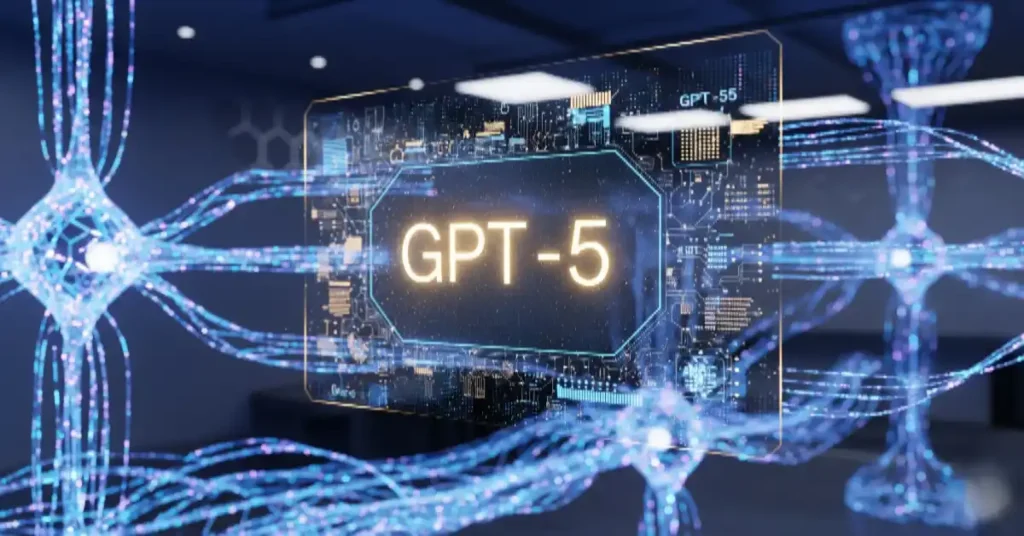
What is GPT-5 ?
GPT-5 is OpenAI’s newest flagship language model. It is described as smarter, faster, and more useful than earlier models. OpenAI says GPT-5 is designed to help with deep research, coding, business tasks, and creative work. It comes in different sizes — main, mini, and nano — so developers and businesses can pick the right trade-off between speed, cost, and capability. The model is now available through ChatGPT and the OpenAI API, and OpenAI positions it as their most advanced model for coding and tool-driven tasks.
Methods and technologies behind GPT-5 launch
GPT-5 builds on years of research in large language models and adds specific improvements to make the model better at reasoning and coding. The system can automatically pick different internal configurations depending on how hard a task is, which means users do not always need to choose a model manually. Developers can also adjust reasoning levels and verbosity to match a task’s needs. GPT-5 supports long context windows so it can work with very large documents and multi-step problems. These design choices make GPT-5 more useful for real work, like debugging code or writing long reports. The official OpenAI notes describe the model’s performance improvements and developer controls.
Languages, founders, and the developer story
OpenAI’s leadership and engineering teams led GPT-5’s development. The company’s core figures and research staff shaped the model and safety approach. GPT-5 was trained to handle many languages and includes expanded multilingual capability, including strong support for several widely used languages. The model also shines at coding across many programming languages, with strong benchmark scores on coding tests shared by OpenAI for developer guidance. Major platform partners like Microsoft are making GPT-5 widely available through their developer tools, which means companies can use the new model in enterprise apps and cloud services.
Comparison with other AI agents and competitors
GPT-5 competes with other top models from big players and open-source projects. What sets GPT-5 apart is its unified system approach: it offers a single family (regular, mini, nano) that automatically routes tasks internally, improved coding and UI generation abilities, and large context handling. Competitors may focus on open-source flexibility or lower cost, while GPT-5 emphasizes reliability, polished developer tools, and integration with business software. Major outlets note that GPT-5 is not AGI but is a significant step in capability and usability compared to earlier models. For many users, the choice will come down to cost, openness, and specific task fit. For teams that need tight integration with business tools and proven developer support, GPT-5 is a strong option.
Where to find GPT-5 and official resources
If you want the official info, OpenAI’s GPT-5 pages have product details, developer docs, pricing, and guides on how to start building. Microsoft Azure also offers GPT-5 through its AI Foundry and router tools for developers, making it simpler to add GPT-5 into existing cloud workflows. For hands-on work, check the OpenAI developer pages and the ChatGPT experience where GPT-5 is available. These official pages give the most accurate specs, usage options, and pricing details for API calls and tokens. OpenAISource
Practical notes: how Faiz would use GPT-5 today
From my experience writing and testing language models, I would use GPT-5 in three clear ways. First, for coding help: GPT-5 can generate front-end UI and debug larger codebases faster than older models. Second, for long-form content and research: the large context window lets the model work on long documents without losing track. Third, for business workflows: GPT-5’s ability to connect to tools and company files makes it handy for automating reports and handling client requests. If you are a developer, try the mini or nano versions for cheaper, quicker runs before moving to the full model for complex tasks. Official docs explain these options in detail.
Conclusion and SEO pointers by Faiz
I write about tech with simple words because readers come for clear help, not buzzwords. For SEO, use the main term “GPT-5” naturally across headings and bodies, add related queries like “GPT-5 coding” and “GPT-5 API” to capture search intent, and link to trusted sources like the official OpenAI pages and Microsoft developer pages when you claim facts. Keep content helpful, show real use examples, and be honest about limits. I’ve covered the launch, methods, languages, founders/developers, official links, and a clear comparison with competitors so you can decide if GPT-5 fits your needs.
FAQs About GPT-5
Is GPT-5 coming?
Yes—GPT-5 is officially here. OpenAI launched it on August 7, 2025, with major upgrades in reasoning, coding, and multilingual support. It’s available to all ChatGPT users, including free-tier access, and can even build full apps from a single prompt
Is GPT-5 free?
Yes—GPT-5 is free for all ChatGPT users, including those on the free tier. You can start using it instantly without a subscription or setup. However, free users have daily usage limits; after that, it switches to GPT-5 Mini
How is GPT-5 different?
GPT-5 is smarter, faster, and more reliable than GPT-4. It uses a smart router to auto-select the best model for your task, reducing errors and boosting reasoning. Plus, it can build full apps from a single prompt and supports web, image, and voice tools in one interface
जीपीटी 5 आ रहा है?
हाँ, GPT-5 आ चुका है। OpenAI ने इसे 8 अगस्त 2025 को लॉन्च किया, और यह सभी ChatGPT यूज़र्स के लिए उपलब्ध है। यह पहले से तेज़, ज़्यादा सटीक और PhD लेवल की reasoning देने वाला मॉडल माना जा रहा है
GPT-5 कैसे अलग है?
GPT-5 पहले से कहीं ज़्यादा स्मार्ट और भरोसेमंद है। यह खुद तय करता है कि आपके सवाल के लिए कौन सा मॉडल सबसे बेहतर होगा तेज़ जवाब, डीप सोच या रियल-टाइम राउटिंग। अब यह कोडिंग, मल्टीमॉडल इनपुट (टेक्स्ट + इमेज), और लंबे डॉक्यूमेंट्स को भी आसानी से समझ सकता है



